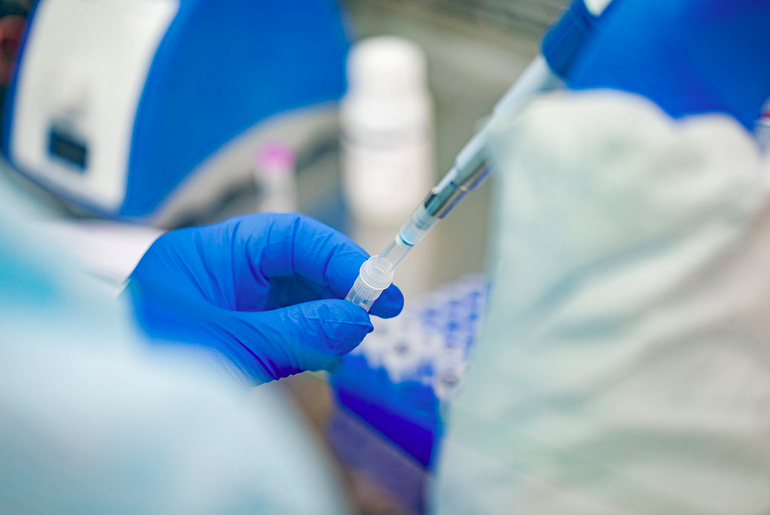LOMBORG: The True Cost of Wind and Solar Energy

Imagine if a solar-driven car was launched tomorrow, cheaper to run than a gas vehicle. It would be incredibly alluring until you realize that—due to limitations in battery storage—the car won’t run at night or when it’s overcast. If you bought the car, you would still need a gas vehicle as backup. You would have to pay for two cars.
That is exactly the situation we face with renewable energy. Wind and solar energy only produce power when the sun is shining, or the wind is blowing. All the rest of the time, their electricity is infinitely expensive and a backup system is needed. This is the reason that two-thirds of our global electricity needs are met by fossil fuels. And it’s the reason why we remain 100 years away from eliminating fossil fuels from electricity generation.
We are in the bizarre situation where politicians and the green energy industry constantly repeat the refrain that wind and solar are the cheapest forms of electricity. Yet governments are spending $1.8 trillion every year on the green transition—and the real cost of forcing people to use renewable energy over fossil fuels is even higher.
The modern world needs power around the clock. Unreliable and intermittent wind and solar bring large, often hidden costs. This is a relatively small problem for wealthy countries that already have fossil power plants they can use as backup—although it makes electricity more expensive, as intermittent renewables make everything else intermittent, too.
But in the poorest, electricity-starved countries, there is little fossil fuel energy infrastructure to begin with. Hypocritical wealthy countries are refusing to fund sorely needed fossil fuel energy in the developing world. Instead, they insist that people cope with unreliable green energy supplies that can’t power pumps or agricultural machinery to lift populations out of poverty.
For the world’s large, emerging industrial nations–like China, India, Bangladesh, and Indonesia– reliance on coal is an inescapable fact of life. Last year, China got more additional power from coal than it did from wind and solar. India got three times as much, whereas Bangladesh got 13 times more coal electricity than it did from green energy sources, and Indonesia an astonishing 90 times more. They’re not dragging their feet just to be difficult. Reliability matters—especially when you’re focused on growing your economy and helping millions of people to escape from poverty.
The mistruth about the cost of wind and solar is possible because typically, the price that is quoted is the price when the wind is blowing or the sun is shining. On that basis, they are indeed comparatively cheap. But once you include the cost of reliability, the price tag explodes—one peer-reviewed study shows an increase somewhere between 11 and 42 times, which makes solar by far the most expensive source of electricity, followed by wind.
Storage technology remains woefully inadequate. Recently, scientists looked at the United States and found that to achieve reliable, 100 percent solar or wind electricity, we’d need the ability to store nearly three months’ worth of annual electricity. The U.S. only has seven minutes of battery storage. Closing the storage gap would cost five times the entire U.S. GDP, and the storage would need to be replaced every 15 years.
And we need to remember that wind and solar technology itself needs replacing at a fairly alarming rate. Already, one small town in Texas is overflowing with thousands of enormous wind turbine blades that cannot be recycled. In poor countries across Africa, solar panels and their batteries are being dumped. One study shows that when we factor in the cost of recycling and safe disposal, this alone doubles the true cost of solar.
If wind and solar energy really were cheaper than fossil fuels, there wouldn’t be a need for billions of dollars in taxpayer spending. This claim is incessantly repeated because it is convenient and because it supports a political narrative.
But the truth is that if we want to fix climate change, we instead must invest a lot more in low-CO₂ energy research and development. Only a significant boost in R&D can bring about the technological breakthroughs that are needed—in reducing trash, in improving battery storage and efficiency, but also in other technologies like modular nuclear—that will make low-CO₂ energy sources truly cheaper than fossil fuels.
Please follow DVJournal on social media: Twitter@DVJournal or Facebook.com/DelawareValleyJournal




